A Comprehensive Look at the Systems We Design at ASAP Fire Sprinkler Protection
Protect Your Property
At ASAP Fire Sprinkler Protection, we specialize in designing a wide range of fire protection systems tailored to meet the unique needs of various industries. From standard fire sprinkler systems to complex special hazard designs, our team is equipped with the expertise and experience to ensure your property is protected against fire risks. Here’s a comprehensive look at the types of systems we design and how they contribute to a safer environment.
Fire Sprinkler and Standpipe Systems
Fire sprinkler systems are the backbone of fire protection in most buildings. They are designed to automatically detect and suppress fires, minimizing damage and protecting lives. Standpipe systems, often used in larger buildings, provide firefighters with a reliable water source directly to the floors where the fire is located, making it easier to control and extinguish the blaze.
High Piled Storage Systems
High piled storage areas, such as warehouses, require specialized fire protection due to the height and density of stored goods. These systems are designed to deliver adequate water flow and pressure to extinguish fires that may occur in high storage racks, preventing the fire from spreading rapidly through densely packed materials.
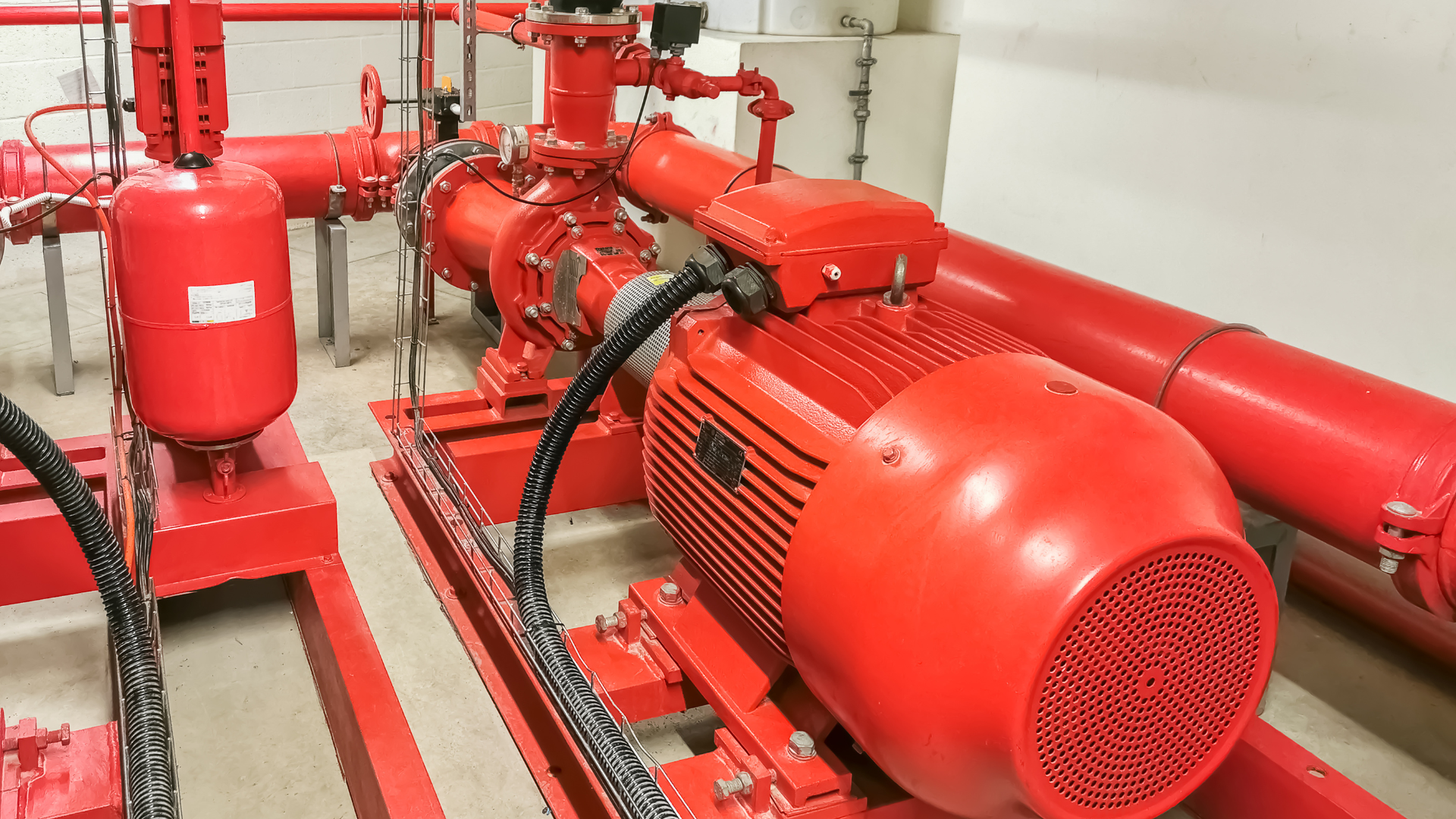
Loss Prevention
Loss prevention systems are integrated fire protection strategies aimed at minimizing damage to property and goods in the event of a fire. These systems are customized based on the specific risks and assets of a facility, ensuring that fire damage is contained and losses are kept to a minimum.
Voice Intelligibility Testing
In emergency situations, clear communication is crucial.
Voice intelligibility testing ensures that emergency announcements and alarms are clearly heard and understood throughout the building. This testing is particularly important in large, complex structures where poor acoustics can hinder the effectiveness of emergency communication systems.
Corrosion Management
Corrosion can significantly reduce the effectiveness of fire protection systems, particularly in wet-pipe sprinkler systems where water is present in the pipes at all times. Our
corrosion management solutions include monitoring, maintenance, and the use of corrosion-resistant materials to ensure the longevity and reliability of your fire protection system.
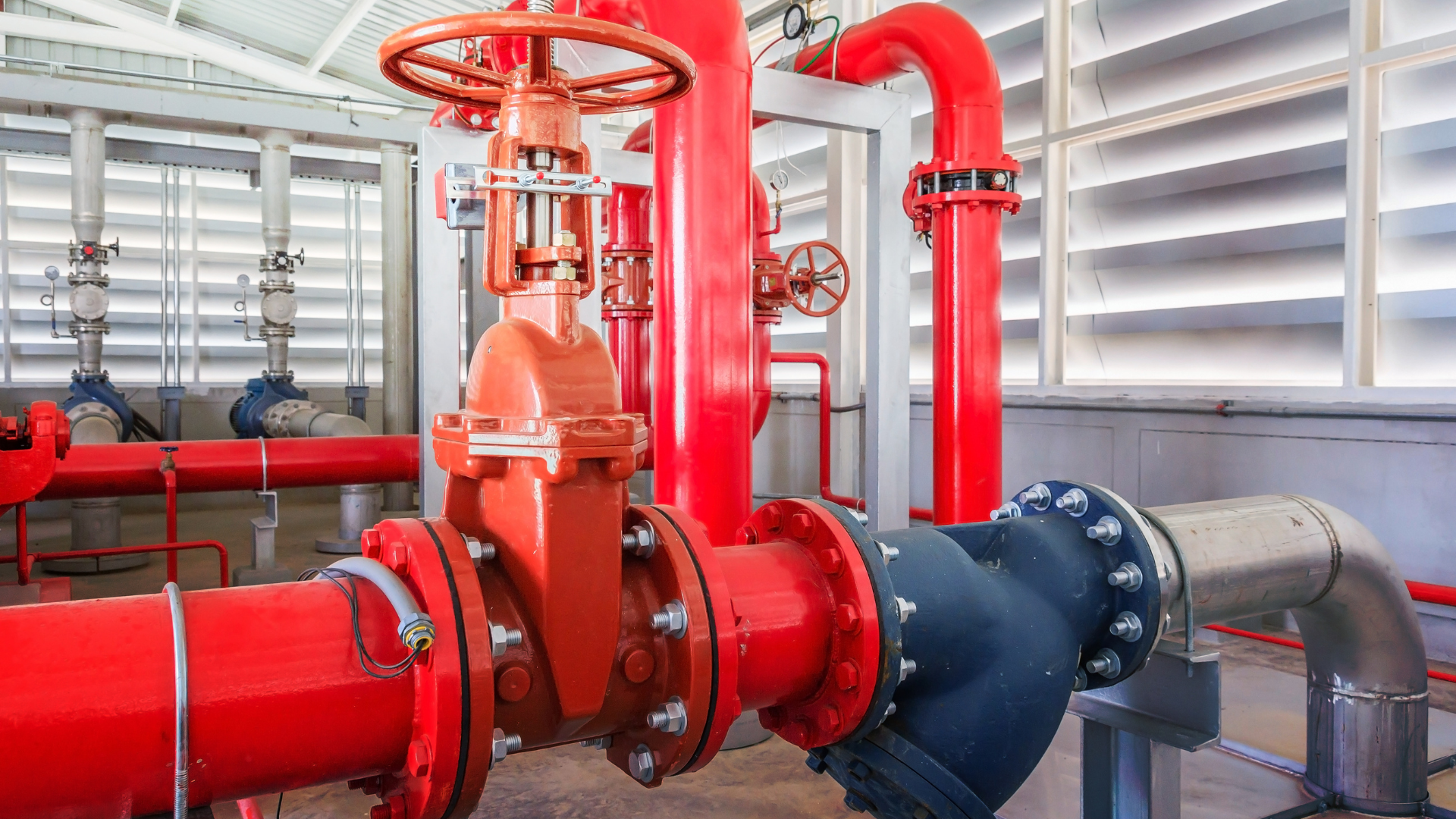
Consulting Management
Our consulting management services provide expert guidance in the design, implementation, and maintenance of fire protection systems. We work closely with building owners, architects, and contractors to ensure that all fire safety measures are up to code and optimized for the specific needs of the building.
Special Systems: Clean Agent, Foam, and Air
Special hazard environments, such as data centers, chemical plants, and aircraft hangars, require fire protection systems that minimize damage while effectively suppressing fires.
Clean agent systems use non-conductive, gaseous agents that leave no residue, making them ideal for protecting sensitive equipment. Foam systems are used in areas with flammable liquids, while air systems can be employed in environments where the use of water is impractical.
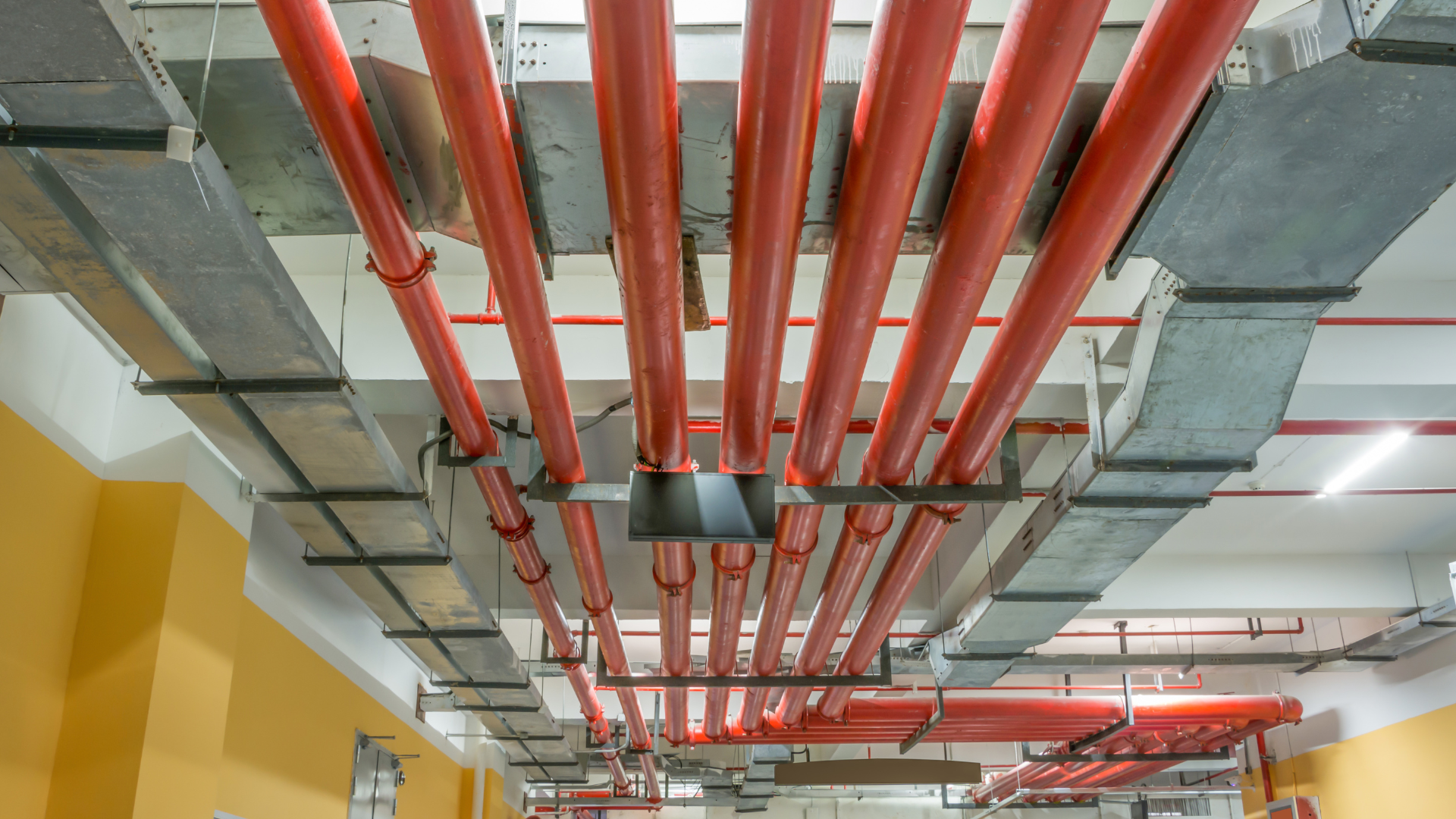
Water Supply Analysis
A critical component of any fire protection system is ensuring an adequate water supply. Our water supply analysis services involve assessing the water flow and pressure available at the site to determine if it meets the needs of the fire protection system. If necessary, we design solutions to enhance water supply, such as the installation of fire pumps.
Special Hazard Designs & Systems
Special hazard systems are tailored to protect facilities that face unique fire risks due to the nature of their operations or the materials they handle. These custom-designed systems incorporate advanced detection and suppression technologies to address the specific fire hazards present in the facility, ensuring comprehensive protection.
At ASAP Fire Sprinkler Protection, we understand that every facility has unique fire protection needs. Our comprehensive range of systems, from standard sprinklers to specialized hazard protection, is designed to meet the highest safety standards across various industries. With our expertise and commitment to quality, we are the best-equipped company to design and implement a fire safety system that ensures your property and people are protected. Contact us today to learn more about how we can help safeguard your business with a custom-designed fire protection system.
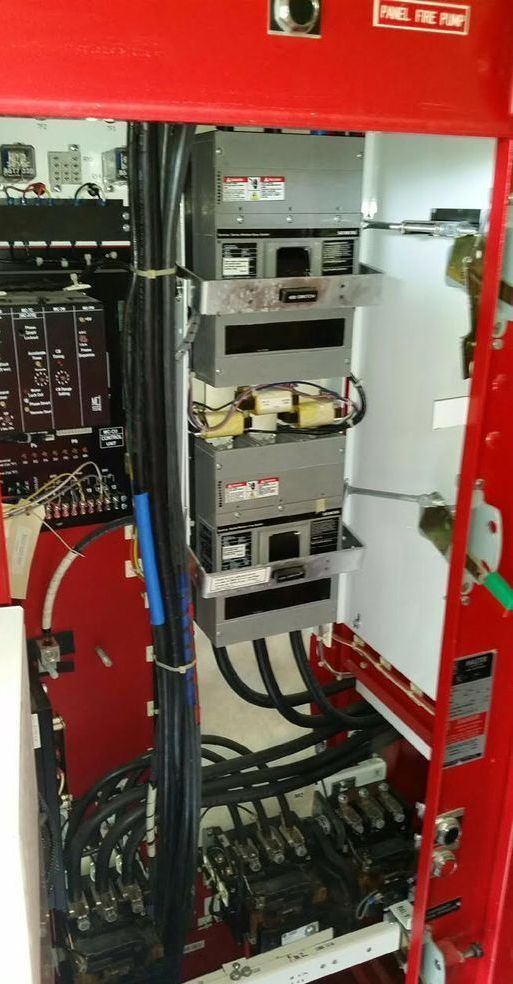
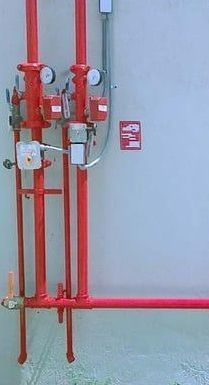
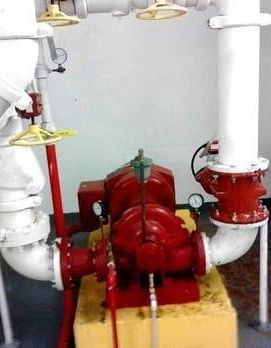
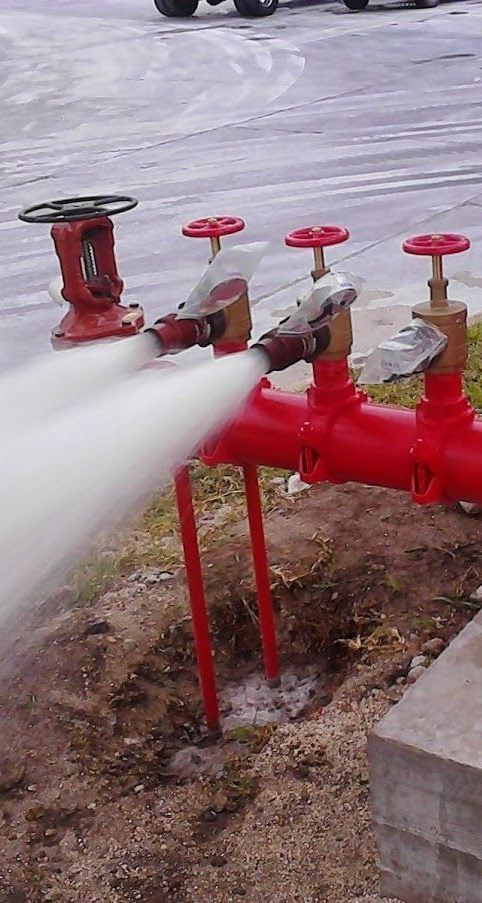
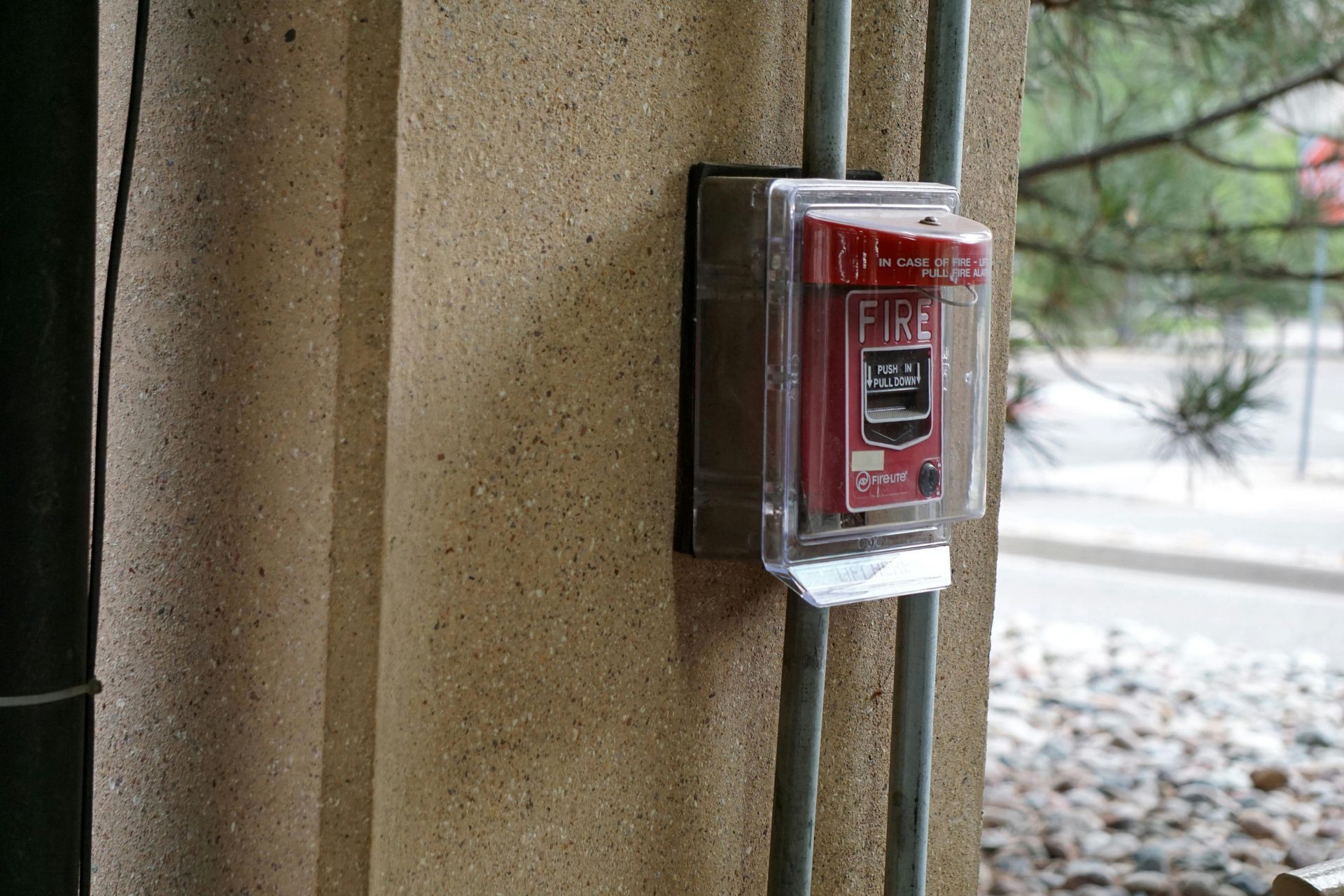
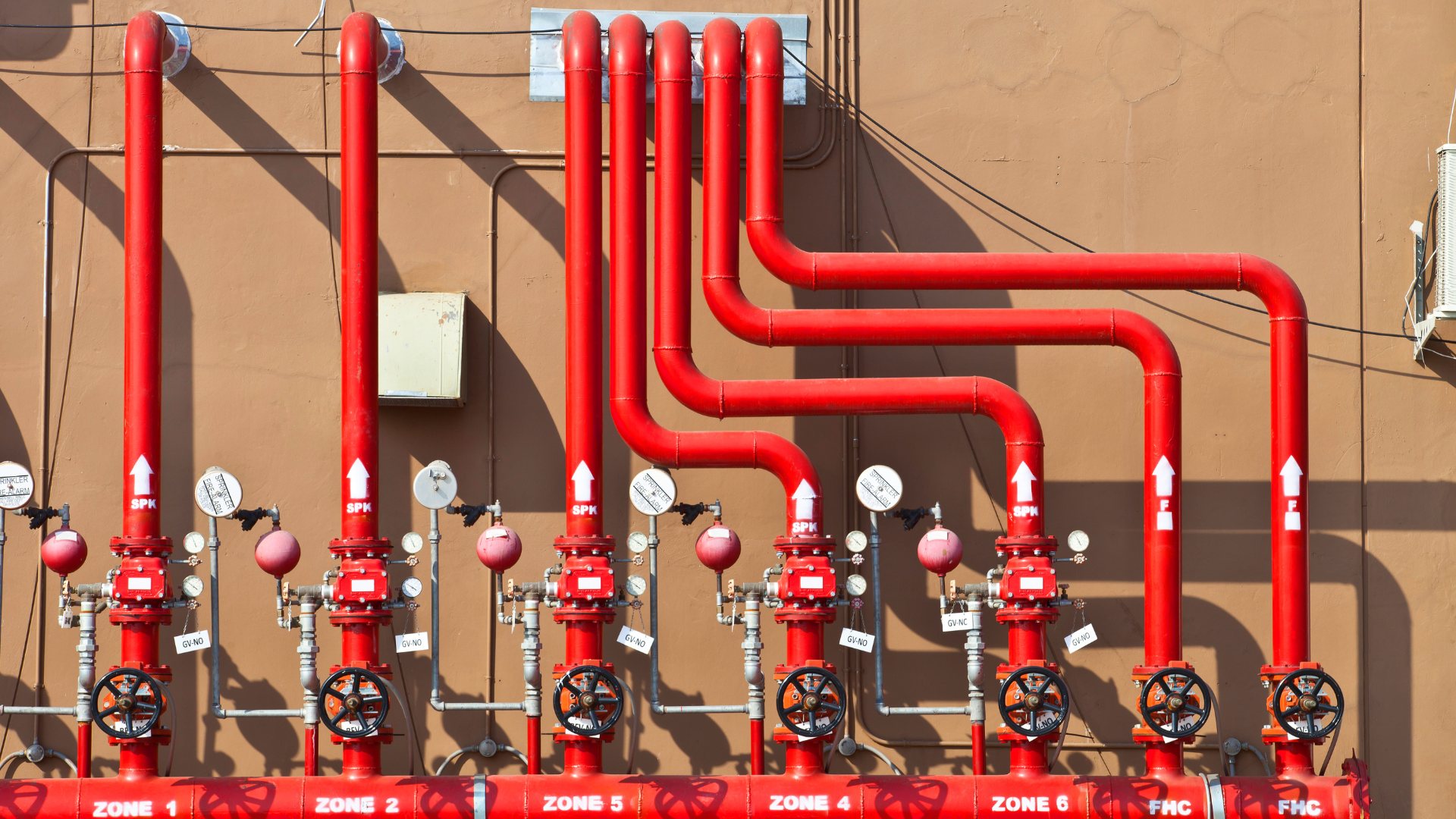


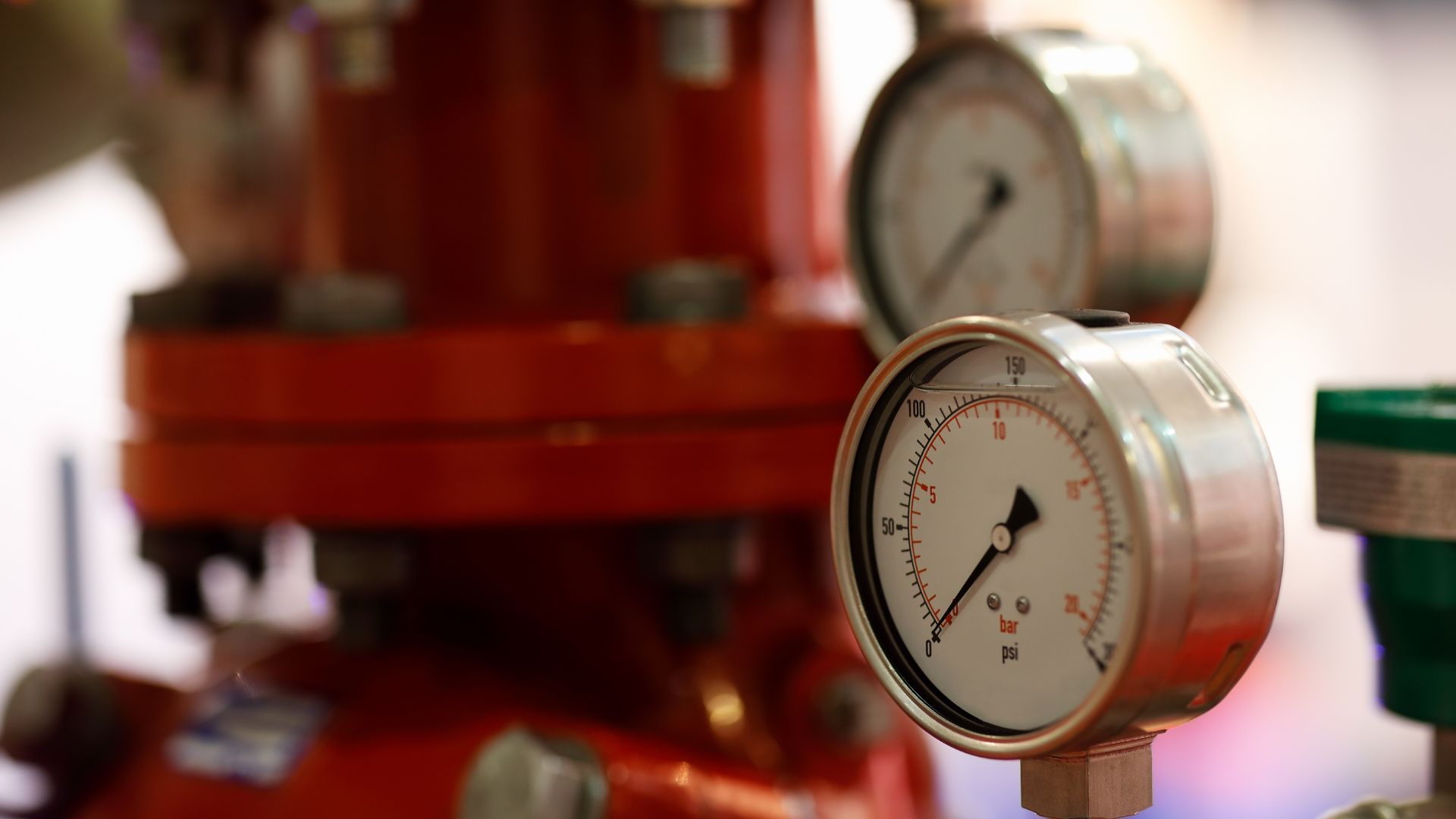

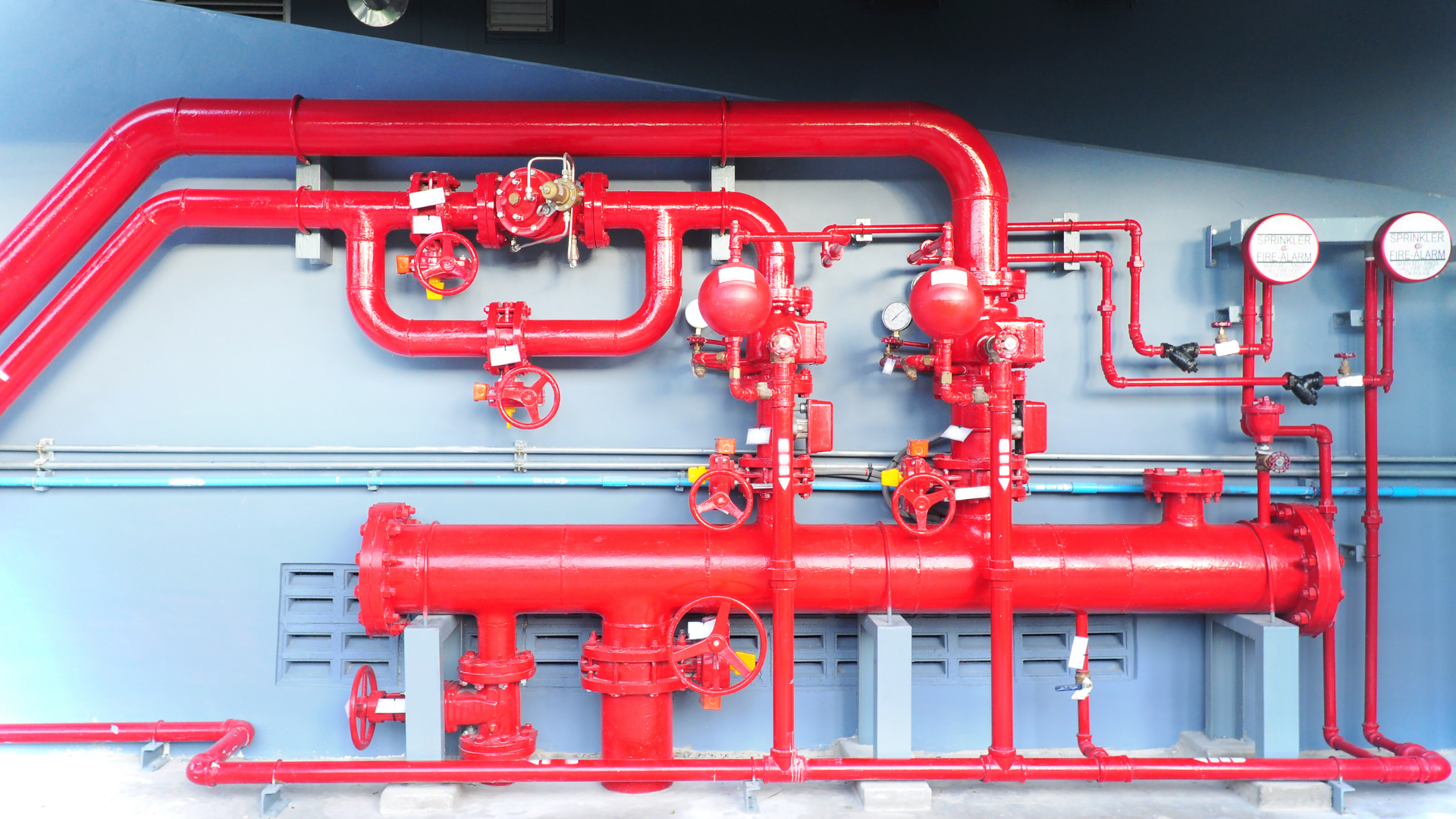

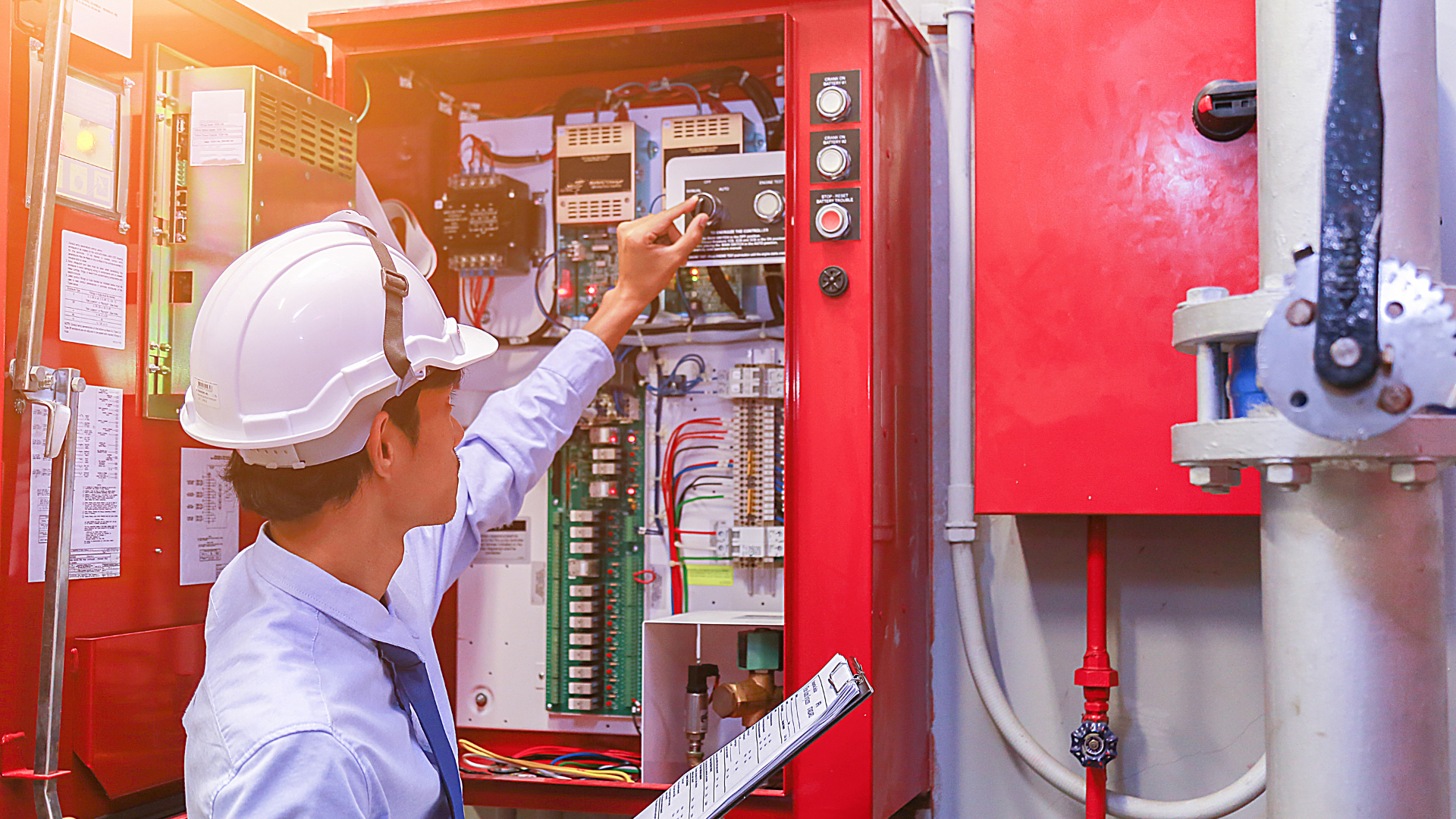
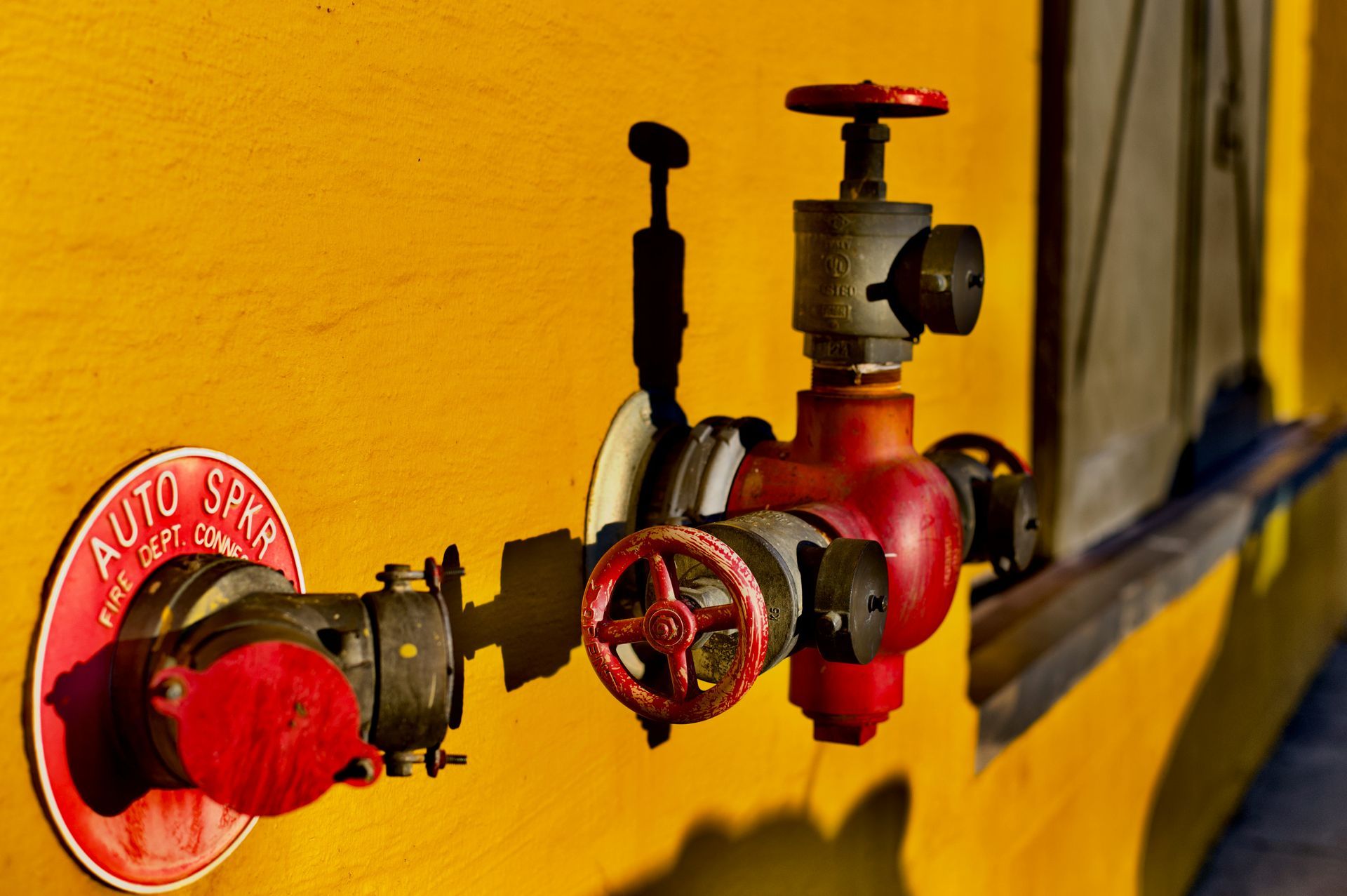
All Rights Reserved | ASAP Fire Sprinkler Protection LLC

